Leading market players are investing heavily in innovations and improved quality of processes to attract consumers, which will help the Magneto Resistive RAM (MRAM Market) market to expand further. Market players are also undertaking strategic steps to strengthen their global footprint, with important market developments including a strategic alliance with other organizations, mergers and acquisitions of players established locally, and higher investments. To expand its presence in the hyper-competitive, Magneto Resistive RAM (MRAM Market) industry must offer cost-effective quality electronic devices.
High manufacturing costs and labor shortages led companies to produce MRAM Market locally to minimize costs in the global MRAM industry to benefit consumers and capture market share. In recent years, the Magneto Resistive RAM (MRAM Market) industry has offered some of the most significant advantages to medicine.
Major players in the MRAM Market, including Toshiba Corporation (Japan), NVE Corporation (US), Everspin Technologies Inc. (US), Avalanche Technology Inc. (US), Spin Memory, Inc. (US), Honeywell International Inc. (US), Samsung Electronics Co. Ltd (South Korea), Numem Inc. (US), and Taiwan Semiconductor Manufacturing Company Limited (Taiwan), are attempting to expand market demand by forming strategic alliances with the organization as well as spending on R&D to produce innovative devices.
Samsung, established in 1938, is one of the largest producers of electrical goods worldwide. System components, digital media players, semiconductors, and utilities are just a few of the consumer and business electronics that Samsung concentrates on developing. Samsung, being one of the most well-known profitable brands in technology today, Samsung accounts for close to one-fifth of all South Korean exports. In January 2022, the first MRAM Market-based in-memory computer system was displayed by Samsung Electronics.
The investigation carried out by the Samsung Advanced Institute of Technology (SAIT), Samsung hopes to use this technological innovation to merge storage and system semiconductors for artificial intelligence (AI) processors while increasing its market share.
Everspin Technologies, Inc., headquarters in Chandler, Arizona, is a global innovator in designing, producing, and commercial shipping of discrete and integrated MRAM Market and STT-MRAM Market. Everspin has established the largest and most rapidly expanding base of MRAM Market users in the world, with over 120 million MRAM Market and STT-MRAM Market products deployed in the data center, cloud storage, e, and transportation applications. In May 2022, Everspin announced the EMxxLX xSPI MRAM Market, a non-volatile memory technology for industrial IoT and integrated devices.
It aims to give customers an alternative to SPI NOR/NAND flash with concentrations ranging from 8MB to 64MB and noticeably faster R/W data speeds of up to 400MB/s.
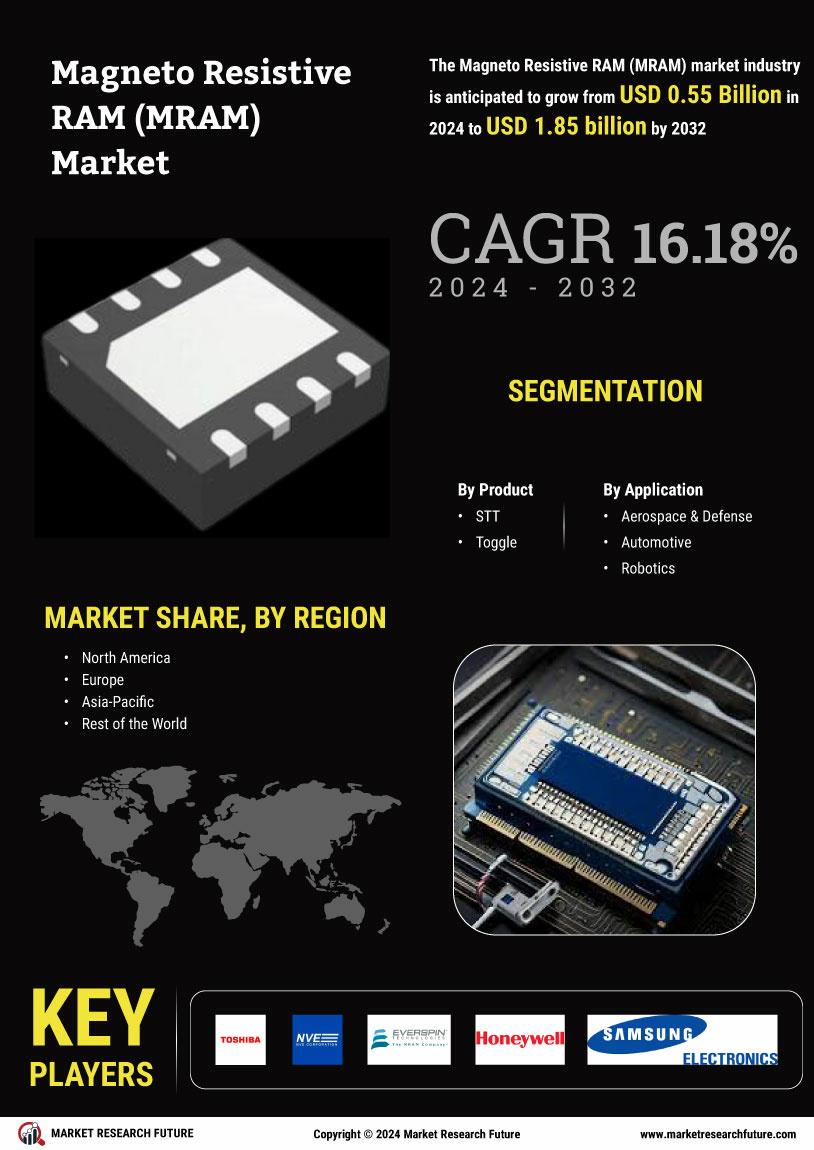
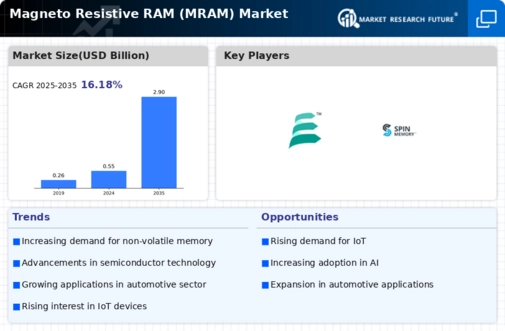
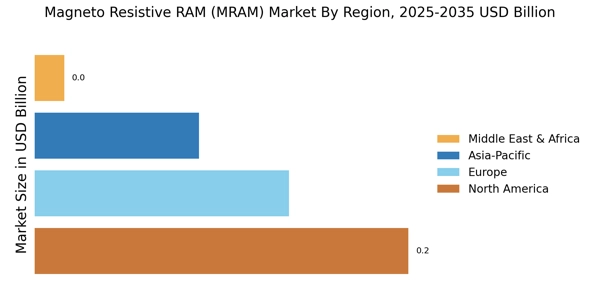
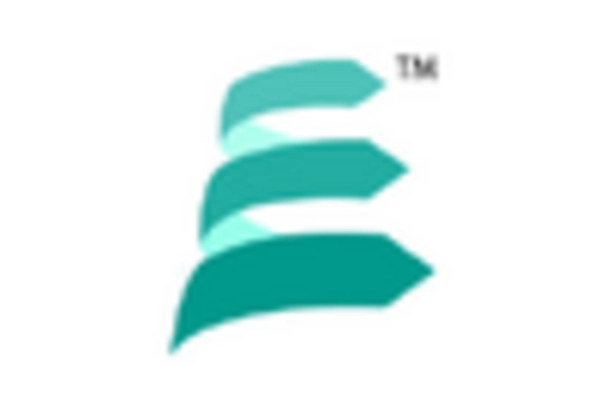
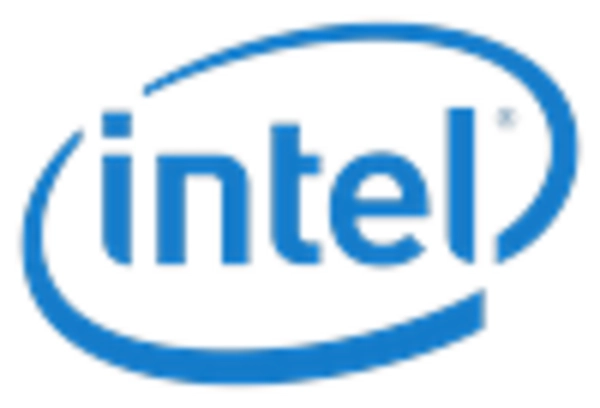
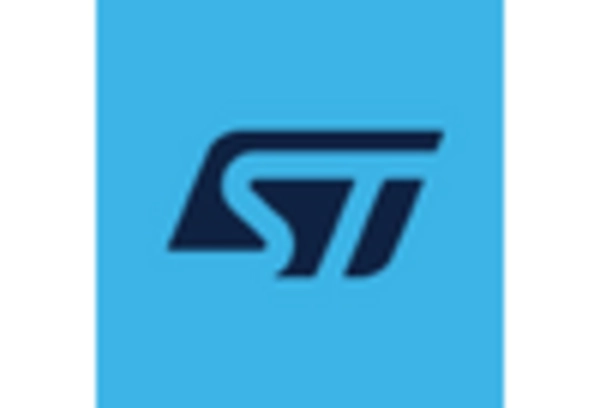
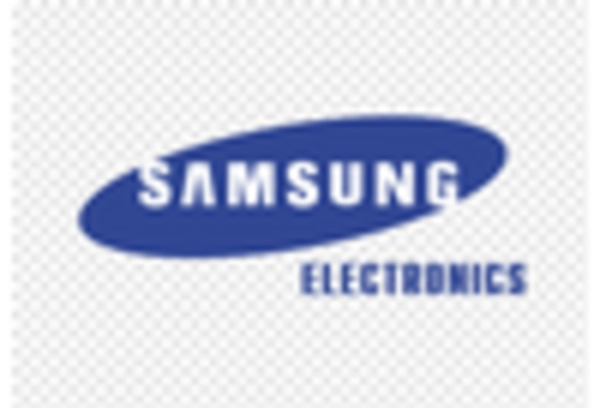
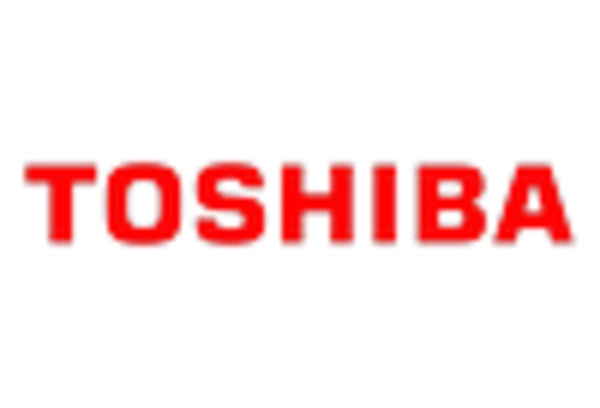








Leave a Comment